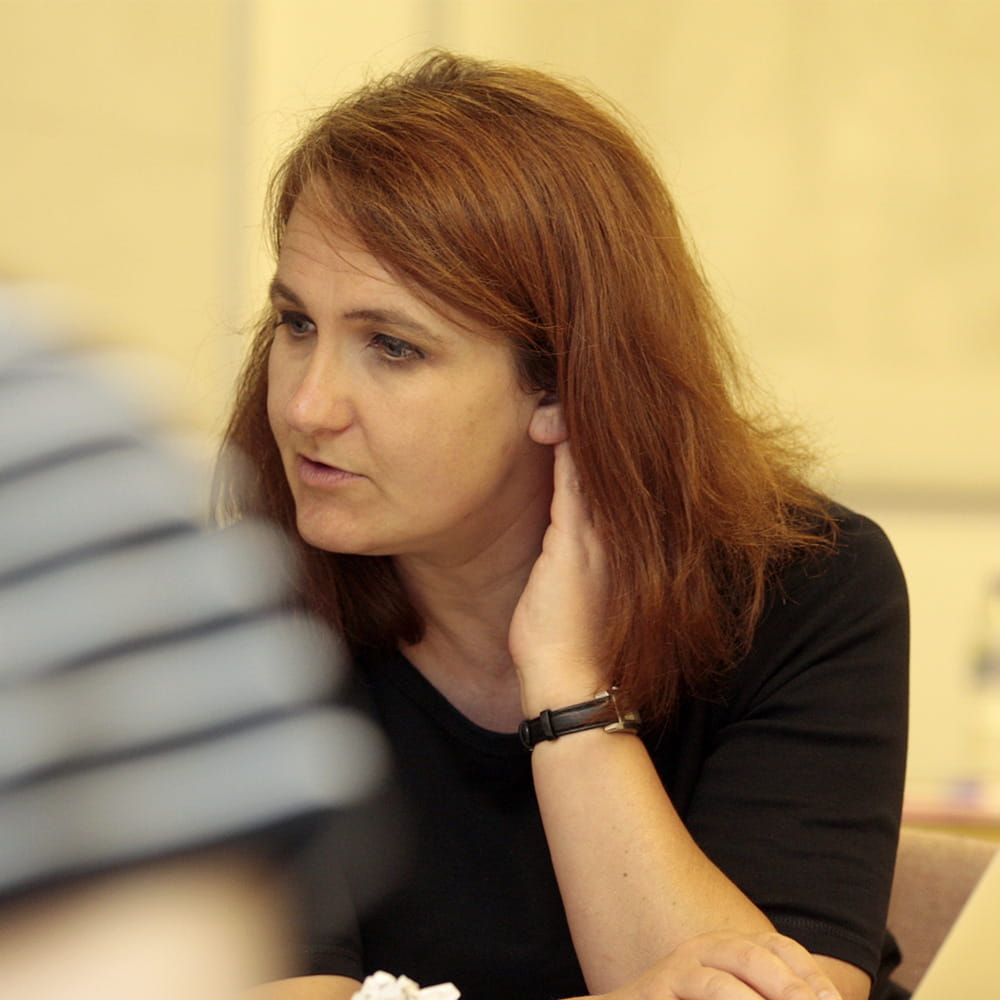From ‘clap for carers’ to ‘wages for workers’: It’s time to get over the rainbow
Since March 2020, people across the world have been paying tribute to health and social care workers for their response to the challenges brought about by the COVID-19 pandemic. It started in Wuhan with a night-time cheer, in Italy people sang from balconies, in Canada they banged pots, and in the UK we had ‘Clap for Carers’. This practice, of a weekly round of applause, was supplemented by displays of rainbows across the country and by widespread references to nurses in particular as ‘healthcare heroes’.
 In early May, a work of art by the famous street artist, Banksy was donated to Southampton hospital. Entitled ‘Game Changer’, the painting depicts a young boy kneeling on the floor playing with a superhero doll. In the background, a waste bin holds two well-known but now discarded superheroes, Batman and Spiderman. The boy’s attention is on his new toy, Super Nurse.
In early May, a work of art by the famous street artist, Banksy was donated to Southampton hospital. Entitled ‘Game Changer’, the painting depicts a young boy kneeling on the floor playing with a superhero doll. In the background, a waste bin holds two well-known but now discarded superheroes, Batman and Spiderman. The boy’s attention is on his new toy, Super Nurse.
Generous though this donation undoubtedly was, raising both spirits and awareness, it is part of a broader positioning of health and social care workers that is appealing yet also troubling, particularly to those of us who are interested in social and organisational change.
The popularity of the heroic formation, its animation through clapping for carers, and its articulation through rainbow imagery, is not surprising given the combined appeal of these motifs across languages and age groups. Yet there is a distracting, residual infantilisation that we ought to be cautious about.
While ostensibly shifting the gender orientation of the hero, traditionally a hyper-masculine figure, what Super Nurse animates is a shift from one very gendered image (women, especially nurses, as innately caring and nurturing) to another (care workers as having ‘special’ capacities, reserves of compassion and vocational commitment on which to draw). And this is a shift that continues to hide their education, training and skill – in other words, remunerable capacities that have to be acquired through hard work, dedication and capability.
And like COVID itself, the impact of the dramatic and rapid changes that the pandemic has brought about for those designated as key workers has not been uniform; it has been classed, racialised and gendered. Women make up 70% of global health care workers, and 75% of NHS nurses. Concentrated in the lowest pay brackets are Black and ethnic minority women.
In the background of Bansky’s painting is an overflowing waste bin. Does he hint here that our task, as we think about the kind of changes we should try to bring about, is one of recognition, redistribution, and re-use? Clapping for carers, calling them heroes and sticking rainbows in our windows to show solidarity, while potentially appreciated by individuals, does not provide the support, protection and remuneration that those who occupy some of the most important, front line roles in our workforce need and deserve. These jobs are indispensable and should be recognised and rewarded as such. Taking the time to figure out what kind of change we can and should try to bring about is an important step towards this; thanking our key workers is just the start, but it is not an end in itself.
Find out more about our MSc Organisational Change Management
*Image credit: @banksy
